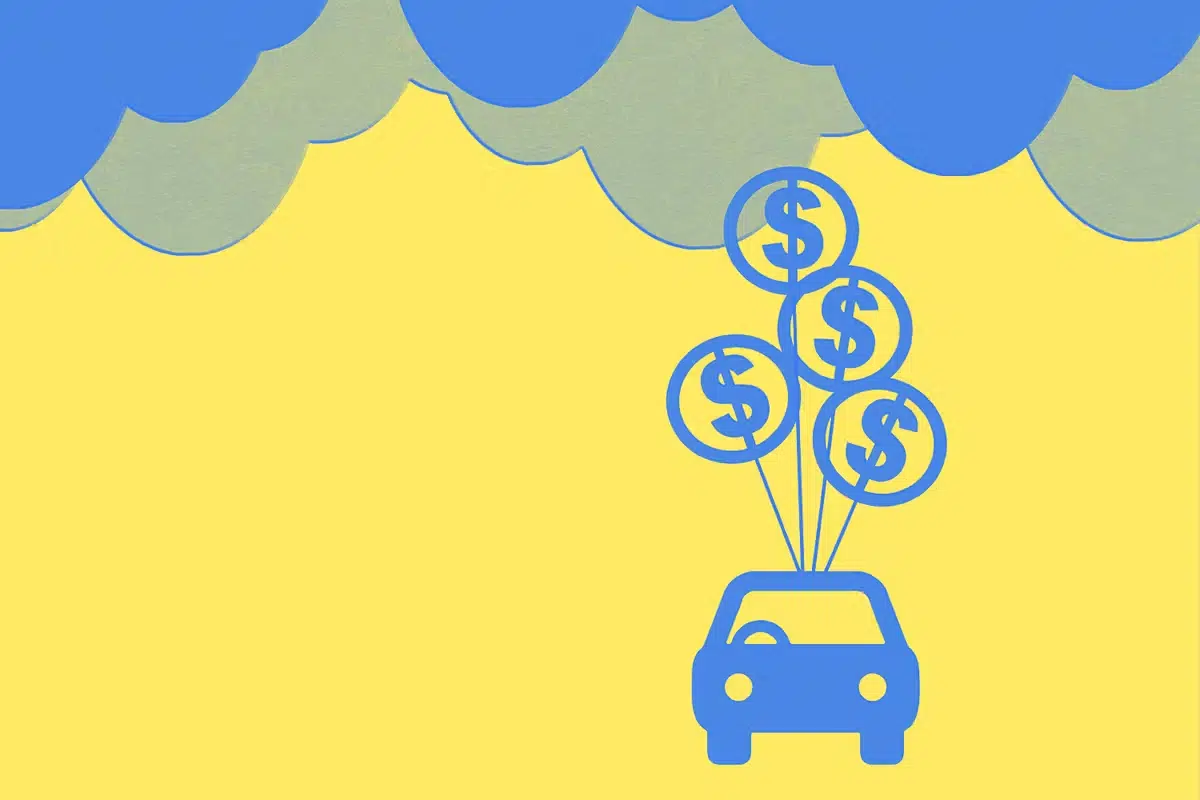
How to Refinance an Auto Loan

As a borrower, you can refinance an auto loan—just like a home loan—when lending conditions change to secure better terms. If car prices or interest rates go down, refinancing an auto loan could save you quite a bit of money. Here, we’ll explain just what auto loan refinancing is, how to go about doing so, and when refinancing would make sense.
What Is Auto Loan Refinancing?
Auto loan refinancing is a relatively simple concept. In essence, you pay off an existing loan with a new loan that has more favorable terms. Refinancing a car loan can change the repayment term, interest rate, or both.
- If you secure a lower interest rate, it could mean saving thousands in interest payments over the life of the loan.
- A shorter loan term means you could pay off the loan sooner, with larger monthly loan payments.
When Should You Refinance Your Auto Loan?
There is no hard and fast rule to determine when you should refinance your car loan, but generally speaking, refinancing only makes sense if it saves you money. There are a lot of factors that can go into calculating whether refinancing makes sense for you. When you want to refinance, the more boxes you can check off, the better!
After your credit score improves.
You should always check your credit report before even considering a new auto loan, as the quality of your credit score could mean the difference between rates in the 2%-3% range and 18% and higher.
If you find your credit score is less than perfect—don’t panic. You can make significant improvements to your credit simply by making your bills on time and lowering your debt burden. Such changes can increase your credit score, proving to potential lenders that you’re a safe bet when it comes to borrowing money and in turn lowering the interest rates on an auto loan.
When you can take advantage of competition between lenders
Another way to secure a better interest rate on an auto loan is to shop around. If you’re considering refinancing your car loan, it’s a good idea to look at rates from a few different financial institutions—including credit unions—as competition between local lenders can often drive down rates.
If the Federal Reserve rate decreases.
Rate changes can significantly impact all loan interest rates, and auto loans are no exception. When the Federal Reserve increases interest rates, all lending institutions tend to increase their interest rates on the loans they offer. If interest rates are high at the national level, it might be best to wait until the Fed lowers them to consider an auto loan refinance.
When your car still has value.
Interest rates aren’t the only factor to consider when it comes to car loan refinancing. Your car’s current estimated value also impacts whether or not refinancing makes sense. You can consult resources like Kelly Blue Book or Edmunds to estimate your car’s worth using the vehicle identification number (VIN). If your car is still relatively new, has low mileage, and you still have a sizable balance left to pay on your current loan, a refinance likely makes sense. On the other hand, if you find that your car is worth less than what you owe on your current loan, it’s probably not worth refinancing.
When the numbers are in your favor.
If you determine that you can secure a lower interest rate than your current loan and your car’s current value is still high, you should then do some number crunching to see what exact interest rate and loan term would work best for you. You can use an online refinance calculator to determine how much your monthly loan payments would be with the interest rate on a new loan, and how much it will save you.
It’s useful to look at changing the length of the loan. If you’re looking to reduce the term on your current loan, you’ll have higher monthly payments—but you’ll ultimately pay less interest over the life of the loan. Alternatively, you may opt to pay more in interest over time in exchange for smaller monthly payments. This approach won’t save you money (it will cost you), but it’s a far better option than missing payments and damaging your credit.
Finally, ensure that there is no prepayment penalty on the new loan. Sometimes these penalties can be so steep that refinancing doesn’t end up saving you any money in the long run.
How to Refinance an Auto Loan
If you find that refinancing your loan will save you money, the process to do so is relatively simple. Applying for an auto refinance will be like the first time you took out an auto loan.
- Application. You’ll need to complete the loan application, providing your contact and financial information again, since the bank or credit union will reevaluate your income and credit history.
- Credit decision. The bank or credit union will then review your application, and if conditionally approved, it will then be sent to an underwriting team for a thorough financial review.
- Finalization. Once the underwriting team gives final approval, you’ll be asked to review and confirm the details of the loan.
- Loan funding. After all the details have been worked out and approved by both you and your lender, the bank or credit union will release the funds.
Save Money the Smart Way
Refinancing an auto loan is one of the easiest ways to save money on your car payments. If your credit score has improved over the past year, you may be ready to take out a loan with better terms. Talk with your existing lender to see what they can offer you, or contact the team at Amplify!




